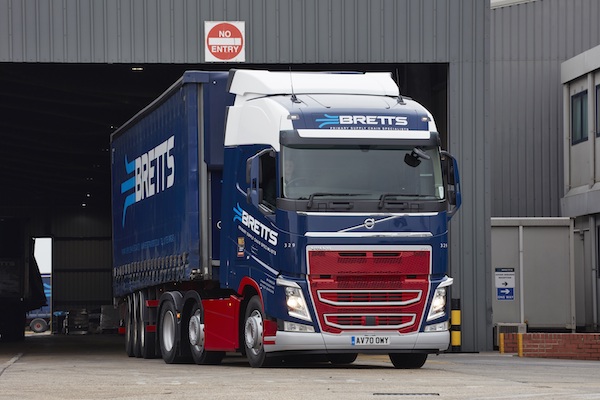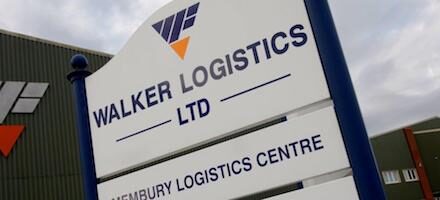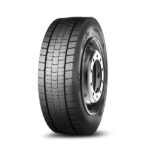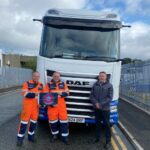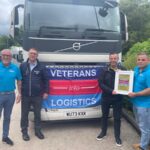With the haulage industry currently standing as the largest emitting sector of greenhouse gas emissions in the UK – producing 26% of the country’s total emissions in 2021 – those within the sector are doing their utmost to accelerate their decarbonisation strategies.
To convert this aspiration into a permanent reality is easier said than done. Due to its heavy reliance on fossil fuels to operate and the complexities involved in transitioning its fleets to more sustainable alternatives, the industry as a collective is working hard to innovate and evolve.
Few understand this position more than Bretts Transport, which has recently introduced a new modelling strategy which has already paid significant dividends enabling the Wisbech-based haulier to better utilise its fleet whilst in turn reducing its carbon footprint.
The brainchild of Bretts’, Transport General Manager Wayne Minney, the company’s innovative modelling has been initially built upon streamlining its consolidation process, increasing the quantity of pallets delivered to each destination, and in turn reducing unnecessary deliveries and cutting overall mileage.
Having already seen an emission reduction of six per cent, Bretts is confident that following the first 12 months, the company will see a further decrease of three per cent.
By optimising its freight consolidation process, Bretts has not only delivered significant emission reductions, but it has improved its overall operational efficiency, all while making a meaningful impact on its bottom line through achieving cost savings.
In the coming years Wayne will also be introducing automated real-time KPI reporting which will provide customers with key insights into performance metrics, offering total transparency and streamlining the business’ reporting processes.
Wayne Minney commented: “In an industry that’s under increasing scrutiny to reduce its environmental impact, we as a collective need to look at ways to make small inroads in chipping away at our fossil fuel usage. Our new modelling strategy is an exciting next chapter for the business, and we are confident that the impressive savings we’ve already achieved from our model will act as a launchpad to our ascent towards Net Zero whilst at the same time securing the sustainability of the business.”
“This approach has also provided increased flexibility to customers enabling them, for example, to transport larger volumes less frequently, resulting in fewer trips. Through changing the way we operate, we’re essentially making every mile count.”
“Our new way of working also safeguards our future and allows us to seamlessly adapt to shifts in the market and respond to sudden changes in the industry – and we can do this with relative ease without having to overhaul our model once again because it is inherently flexible, seamlessly adjusting to the whatever challenge or variable is placed in front of us.”
Wayne continued: “Our goal in the first 12 months is to understand and analyse the extent to which the model can make inroads in further reducing the business’ carbon footprint, as well as observe how it will react to market changes, and forecast future trends. From our standpoint it’s crucial to follow the curve while also staying ahead of it, and that’s essentially what we’re doing here.”

